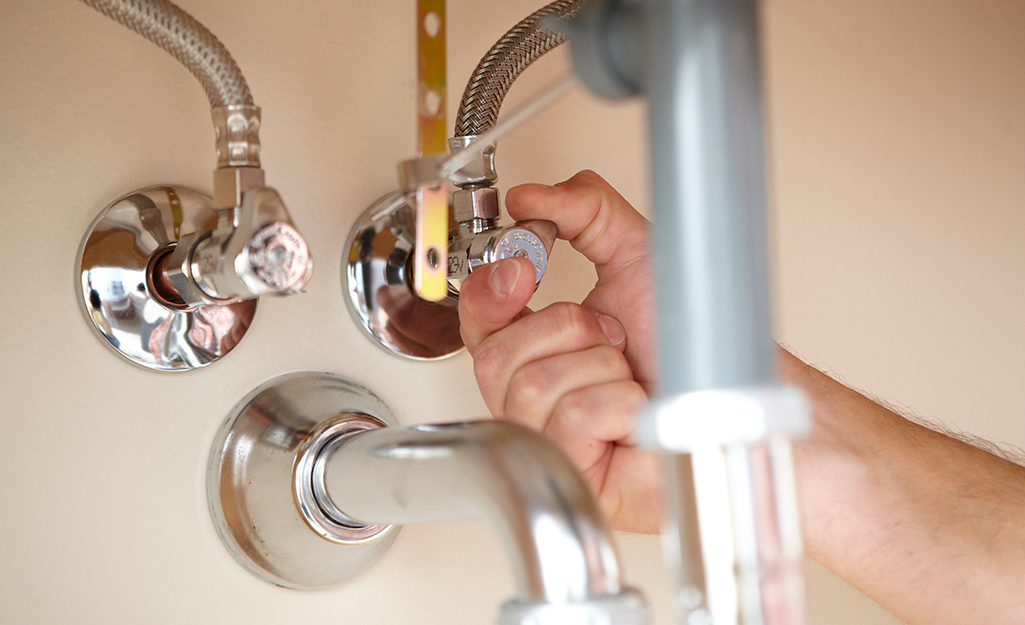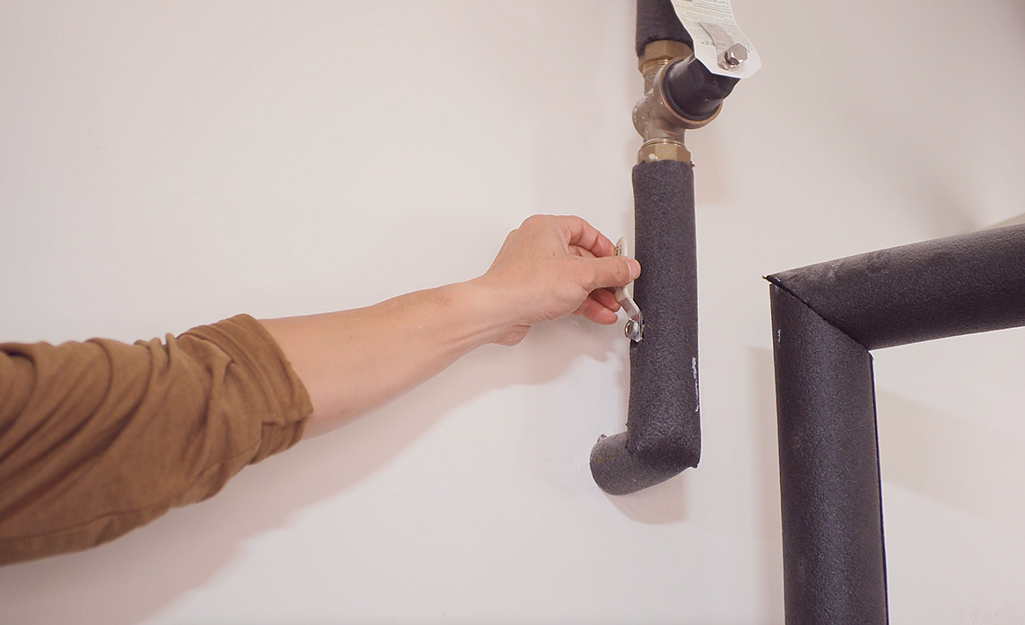Exploring the Importance of Correcting a Broken Faucet
Exploring the Importance of Correcting a Broken Faucet
Blog Article
Are you currently trying to find ideas concerning How to Fix a Dripping or Leaky Faucet ?

Leaking faucets may feel like a minor hassle, yet their impact surpasses simply the inconvenience of the noise. From drainage to incurring unnecessary monetary prices and health and wellness threats, disregarding a dripping faucet can result in various repercussions. In this article, we'll explore why it's essential to address this usual house concern without delay and properly.
Waste of Water
Environmental Influence
Leaking faucets add significantly to water wastefulness. According to the Environmental Protection Agency (EPA), a solitary faucet leaking at one drip per secondly can waste greater than 3,000 gallons of water each year. This not just strains water resources yet additionally affects environments and wild animals depending on them.
Financial Prices
Increased Water Costs
Beyond the ecological effect, leaking faucets can inflate water bills significantly. The collected waste gradually equates into higher utility expenditures, which might have been prevented with timely repairs.
Possible Residential Or Commercial Property Damage
Moreover, long term leaking can result in harm to components and surfaces surrounding the tap. Water build-up can cause discoloration, corrosion, and also structural problems if left ignored, resulting in added fixing prices.
Health Worries
Mold And Mildew and Mold Development
The continuous visibility of wetness from a leaking faucet creates an optimal setting for mold and mildew and mildew development. These fungi not just compromise indoor air high quality however likewise position health risks, especially for individuals with respiratory system problems or allergic reactions.
Waterborne Diseases
Stationary water in trickling taps can become a breeding ground for germs and various other virus, increasing the threat of waterborne conditions. Contaminants such as Legionella bacteria thrive in stagnant water, possibly bring about significant illnesses when ingested or breathed in.
Do it yourself vs. Specialist Fixing
Pros and Cons of Do It Yourself Fixing
While some might attempt to repair a dripping faucet themselves, DIY fixings feature their own set of obstacles. Without appropriate knowledge and devices, DIY efforts can exacerbate the issue or bring about insufficient repairs, prolonging the trouble.
Advantages of Working With a Specialist Plumber
Hiring a professional plumber guarantees that the underlying reason for the leaking faucet is dealt with efficiently. Plumbings have the expertise and tools to detect and fix faucet problems efficiently, conserving time and lessening the threat of further damage.
Step-by-Step Guide to Taking Care Of a Dripping Faucet
Tools Required
Before attempting to repair a leaking faucet, collect the essential devices, consisting of a flexible wrench, screwdrivers, replacement parts (such as washers or cartridges), and plumber's tape.
Typical Faucet Issues and Their Solutions
Identify the type of tap and the certain problem causing the drip. Typical problems consist of damaged washers, rusty shutoff seats, or defective O-rings. Refer to manufacturer instructions or online tutorials for step-by-step support on fixings.
Safety nets
Regular Upkeep Tips
To stop leaking taps, perform regular maintenance such as cleansing aerators, examining for leakages, and replacing worn-out components promptly. Furthermore, think about setting up water-saving gadgets or upgrading to a lot more reliable fixtures.
Importance of Prompt Repairs
Addressing dripping taps as quickly as they're observed avoids further water wastage and possible damages, ultimately conserving both water and money in the future.
Influence On Building Worth
Perception of Well-Maintained Property
Maintaining a building in good condition, including addressing maintenance concerns like leaking taps, enhances its viewed worth and value amongst potential purchasers or lessees.
Influence on Resale Worth
Qualities with well-maintained plumbing components, including faucets, command greater resale worths in the real estate market. Dealing with leaking taps can contribute to a favorable impact throughout residential or commercial property assessments and arrangements.
Ecological Obligation
Private Payment to Preservation
Taking responsibility for repairing leaking faucets aligns with broader efforts toward water preservation and ecological sustainability. Every person's actions collectively make a considerable effect on protecting priceless sources.
Sustainable Living Practices
By prioritizing timely repair services and embracing water-saving routines, people add to sustainable living methods that benefit both present and future generations.
Conclusion
Attending to a leaking faucet goes beyond plain ease; it's a crucial action toward conserving water, decreasing economic prices, and guarding wellness and residential property. Whether via do it yourself fixings or expert assistance, doing something about it to take care of dripping taps is a small yet impactful method to promote accountable stewardship of sources and contribute to a much healthier, more lasting future.
How to Fix a Leaky Faucet: Step-by-Step Repair Guide
A leaky faucet may seem like a simple annoyance, but if it's not fixed promptly, that leak could cost hundreds to potentially thousands. From water damage to mold, mildew, and high water bills, even a tiny leak can be catastrophic if left unattended. Damage like this can even affect the overall value of your home, so it's important to take the right approach for leaky faucet repair. You may need the help of a plumber in some cases, but we've got a few tips you can try on how to fix a leaky faucet before calling the pros.
Four Faucet Types
When you're learning how to fix a leaky faucet, the first step is knowing what kind of faucet you're working with! There are four common types.
Cartridge Faucets
Cartridge faucets come in one- or two-handled varieties. In one-handled cartridge faucets, hot and cold water combines in a single cartridge. In the two-handled versions, hot and cold water are controlled separately and mixed in the faucet.
Ball Faucets
Ball faucets have a single lever you push up and down to adjust the pressure and rotate to change the temperature. A slotted metal ball controls the amount of water allowed into the spout.
Compression Washer Faucets
They're the oldest type of faucet, but they're still used in many homes — especially older ones. Compression faucets have two separate handles that, when turned, raise or lower the washer that seals a water valve. This valve stops water from flowing through the faucet when it is turned off.
Disc Faucets
Disc faucets rarely need to be repaired due to their maintenance-free design. The water flow is controlled by two discs — the upper one raises and lowers against a fixed lower disc, creating a watertight seal. If your disc faucet starts leaking, you may need to replace the seals or clean residue buildup from the inlets.
Fixing a Leaky Faucet
Step 1: Turn Off the Water
Whether you're learning how to fix a leaky bathtub faucet or how to fix a leaky kitchen faucet, always turn off the water supply to your working area when you're fixing a leak. The last thing you want is a flood added to your list of things to fix.
Look for the shutoff valves below your sink or around the tub and turn them clockwise to stop the water flow. If your faucet doesn't have shutoff valves, you may need to turn off the water for the whole house. Check to make sure it's off by turning the faucet on. If nothing comes out, you're ready to start the repair.
Step 2: Take Apart the Faucet
How you disassemble your faucet depends on the type of fixture you have. You can use a flathead screwdriver to remove the caps on top of the handle or handles for cartridge and compression faucets. Inside, you should see handle screws. Unscrew these with a screwdriver to remove the handle.
Disc- and ball-style faucets will typically have an inlet screw near the handle, and removing that will reveal the interior of the faucet.
Detach the Valve Stem
For cartridge- and compression-style faucets, you'll see the inner valve stem or cartridge once you remove the faucet handles. If you have a compression faucet, unscrew the brass valve stem. If you have a cartridge faucet, pull out the cartridge. If your cartridge has been in place for a while, it may require some tools or extra force to remove it due to mineral deposits.
Examine and Replace Parts
Once you've removed the parts, check them out to confirm what needs to be replaced. You may see corroded rubber washers, O-rings, stems, or cartridges. On a ball-style faucet, check the seats and springs for damage.
If you need to repair a leaky disc faucet, check the inlet and seals on the lower disc.
Once you determine what parts must be replaced, visit your local hardware store. Bring the damaged parts with you to ensure you can purchase the correct components to replace them.
Clean Valves and Faucet Cavity
If you've removed a stem or cartridge, you may notice mineral buildup in the faucet's threads. Use white vinegar to clean the valve seat by soaking it for a few minutes, then scrub it away with a soft toothbrush and rinse with warm water. You can also clean the interior of the faucet in the same way.
Reassemble the Faucet
Once your faucet is cleaned and the required parts have been replaced, it's time to reassemble it. Put the pieces back together and slowly turn the water supply back on. Doing this slowly is crucial because too much initial water pressure can damage the new hardware you've just installed.
https://homewarranty.firstam.com/blog/how-to-fix-leaky-faucet

We hope you enjoyed reading our article on Water Dripping from Faucet: Why and How to Fix. Thanks a ton for spending some time to read our article post. Sharing is good. Helping people is fun. Thank you so much for going through it.
Report this page